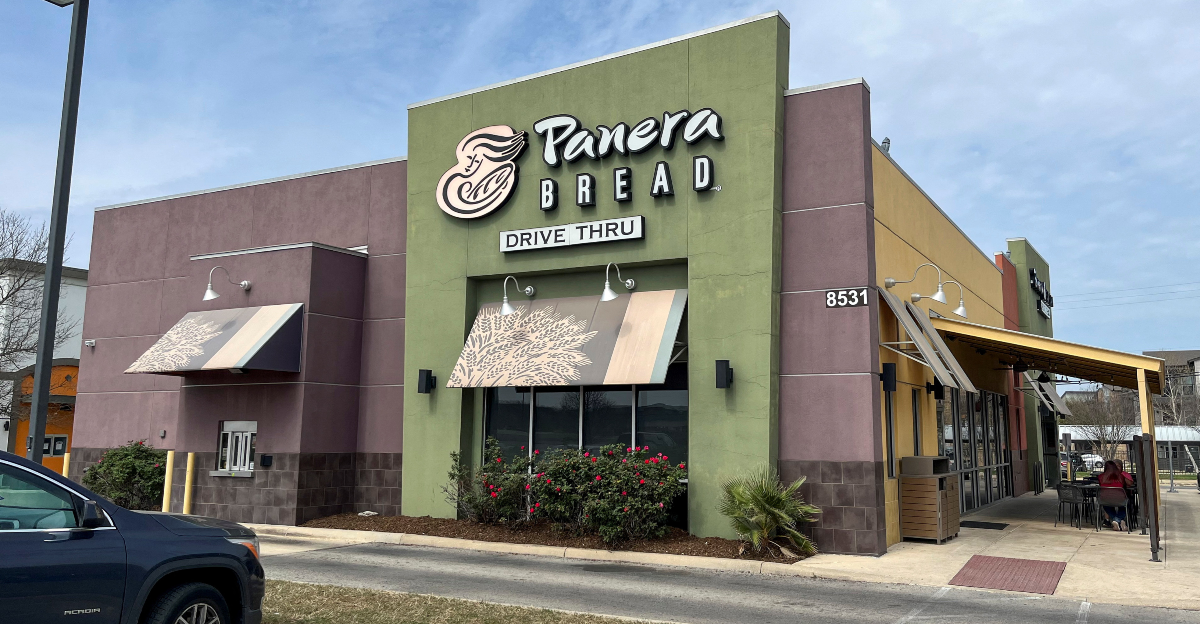
Panera Bread’s move to stop making fresh dough and lay off large numbers of workers is expected to send shockwaves far beyond your neighborhood café. This isn’t just a minor business tweak; it’s the dismantling of a legacy that once defined the brand’s very identity.
As Panera changes its course, the consequences might just ripple through supply chains, communities, and even the broader fast-casual dining landscape, changing what customers expect from their daily bread.
Why It’s Happening
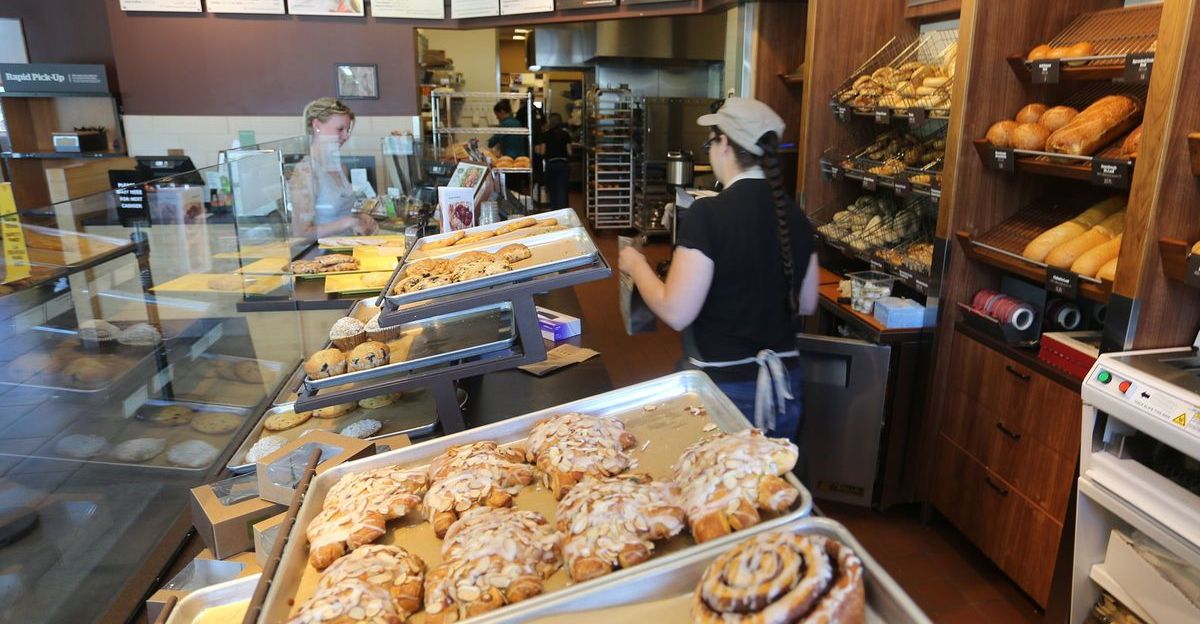
But why is this happening? Panera’s decision is due to a combination of plummeting sales, rising ingredient and labor costs, and a new CEO who was brought in to deliver a bold turnaround.
Once celebrated for its innovation, the brand now struggles to stay afloat in an increasingly crowded market. Under mounting pressure, leadership has shifted its focus from tradition to efficiency, setting off sweeping changes with industry-wide consequences that few anticipated.
The Icon Falls
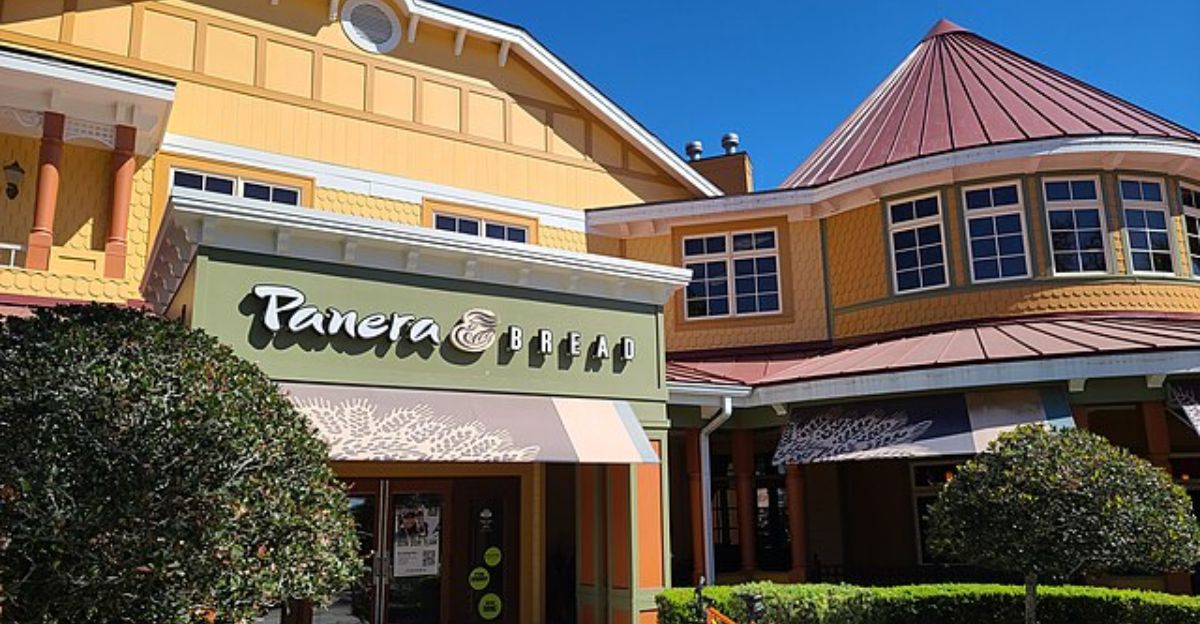
For years, Panera built its identity on baking fresh bread every single day in its own kitchens. That tradition is coming to a sudden end, with all nine fresh dough facilities set to close by 2027.
Instead, the brand’s breads will now be par-baked or frozen, which could drastically alter the aroma, taste, and ritual that once defined Panera’s customer experience. This decision marks the quiet end of an era, and the full impact is only starting to unfold.
The Layoff Wave
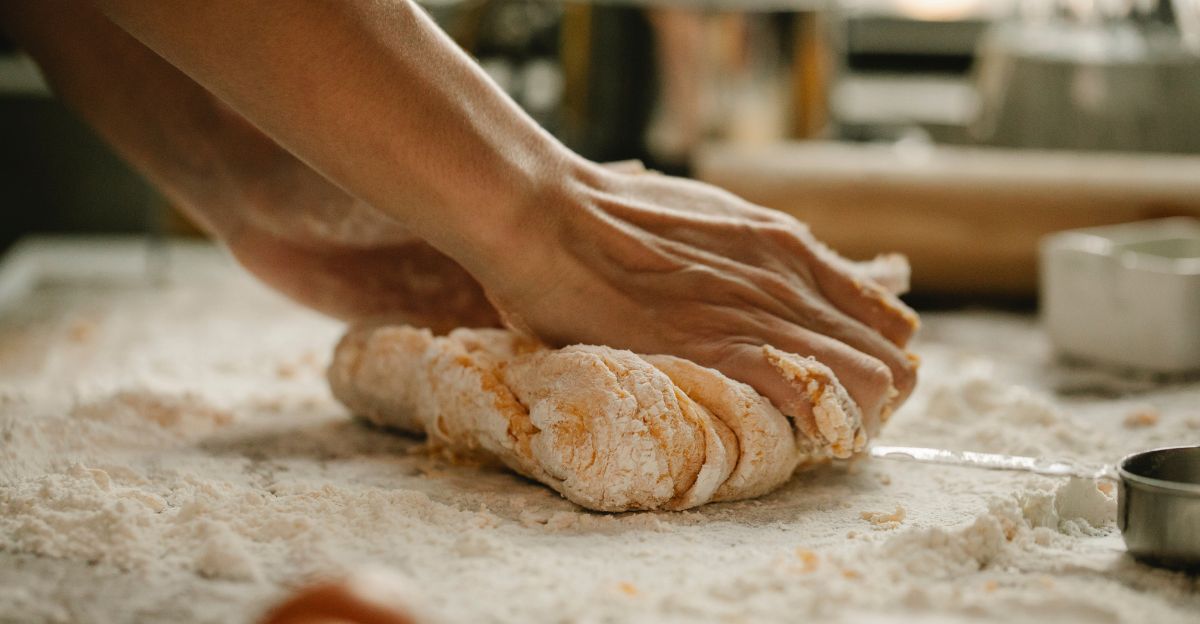
As these facilities are set to close, hundreds of skilled bakers, delivery drivers, and administrative staff will lose their jobs almost overnight. Communities from Missouri to California will feel the impact as the jobs that once provided stability and built small-town pride evaporate.
At the same time, uncertainty about the future breeds anxiety among remaining employees, who now worry that more layoffs could be looming as the company restructures.
The Franchise Fallout
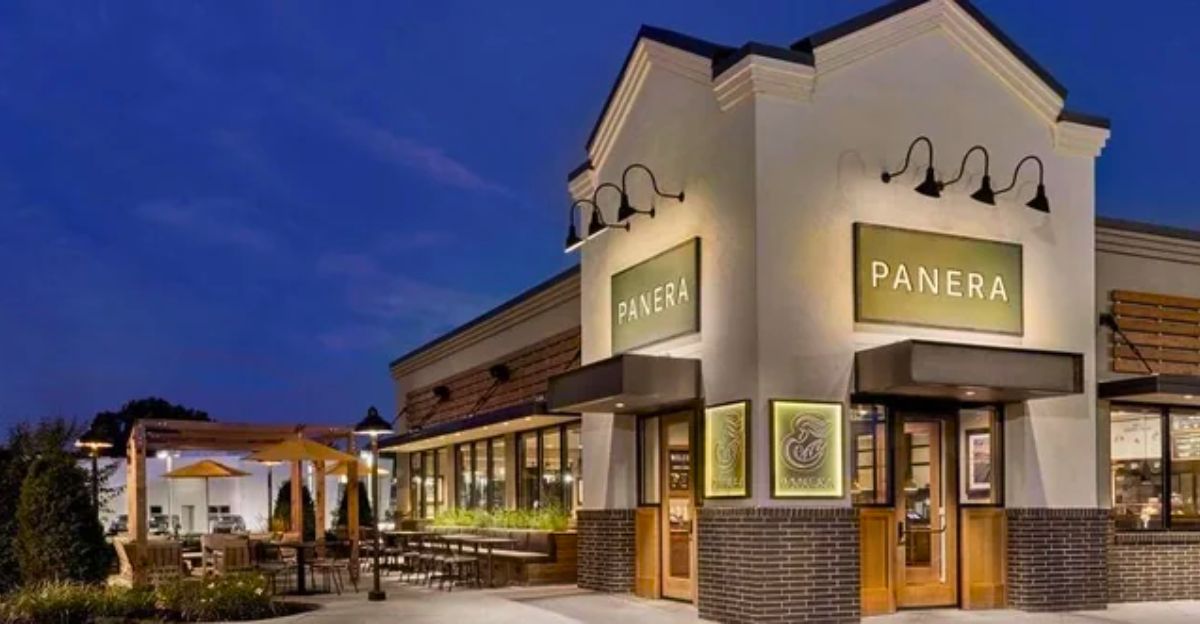
The company’s decision to move to frozen dough has many franchise owners split. Some see it as a chance to cut costs and streamline operations, while others worry it will drive away loyal customers who value the fresh, handcrafted bread that sets the brand apart.
Franchisees now face the challenge of adjusting to a restructured supply chain, all while grappling with shrinking margins and the risk that Panera’s carefully built premium image could crumble in an increasingly competitive market.
Storefront Shift
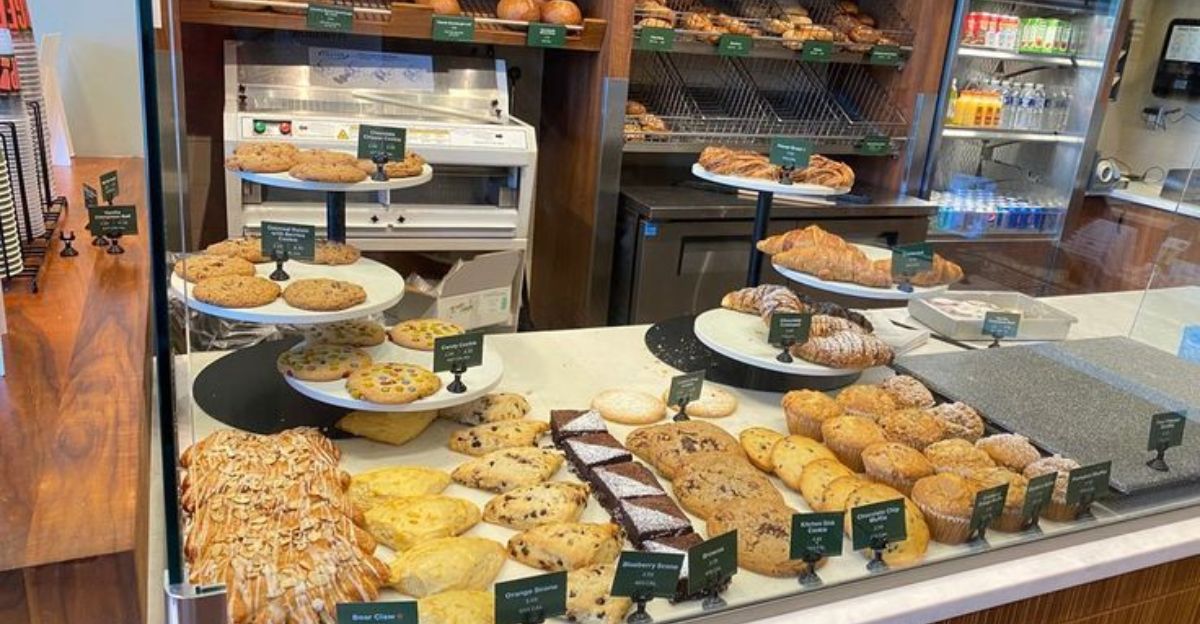
The sights and smells of freshly baked bread were once a Panera hallmark, but that chapter is coming to an end. Early-morning bakers are being replaced by automated ovens and streamlined staff, reducing skilled positions but promising greater operational consistency.
This move steers Panera closer to a standard fast-casual model, prioritizing speed and efficiency over atmosphere. In the process, it leaves longtime customers missing the daily ritual that once made their visits feel special.
Menu Makeover
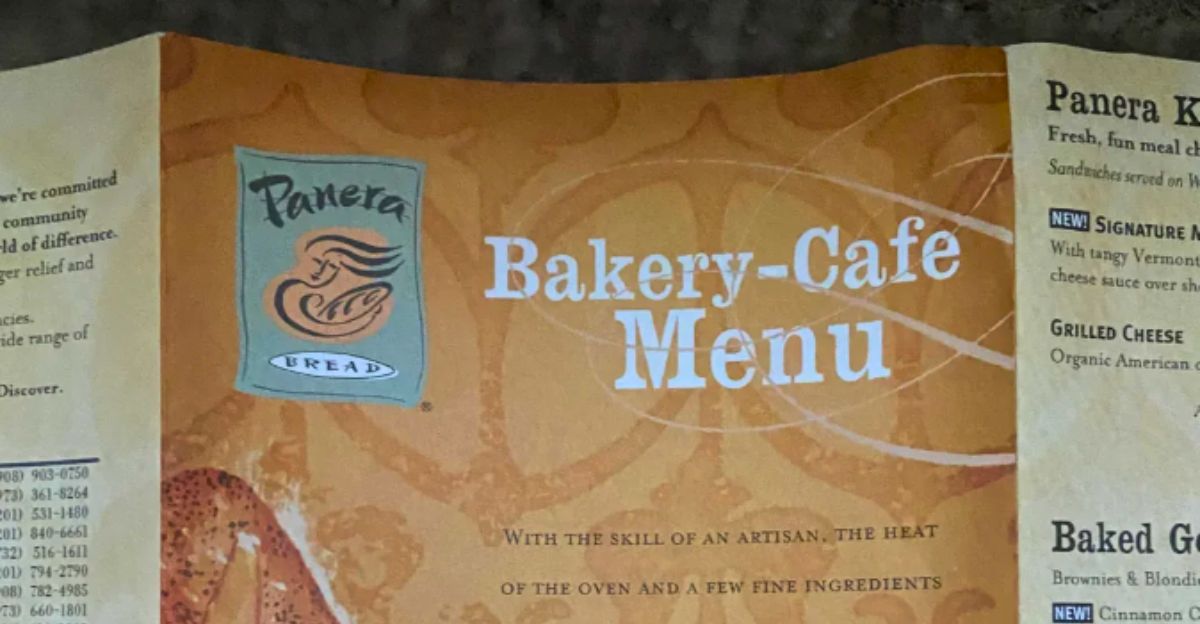
With fresh baking coming to an end, Panera’s menu is undergoing a major transformation. They are now adding more bowls, salads, and “enhanced classics” to appeal to budget-conscious diners and larger groups.
Meanwhile, longtime favorites are being reduced or removed, as corporate leadership prioritizes higher profit margins. It’s a calculated risk, betting that discounts and limited-time deals will ease the blow for loyal customers left missing the fresh-baked staples that once made them fall in love with the brand.
Consumer Experience: The Taste Test

Customers will immediately notice these changes. Social media is already abuzz with the latest news, and customers are not happy.
Many loyal Panera patrons say the chain has lost its distinctive touch, driving some long-time fans to look for new lunch spots that promise freshness and quality.
Competitors React
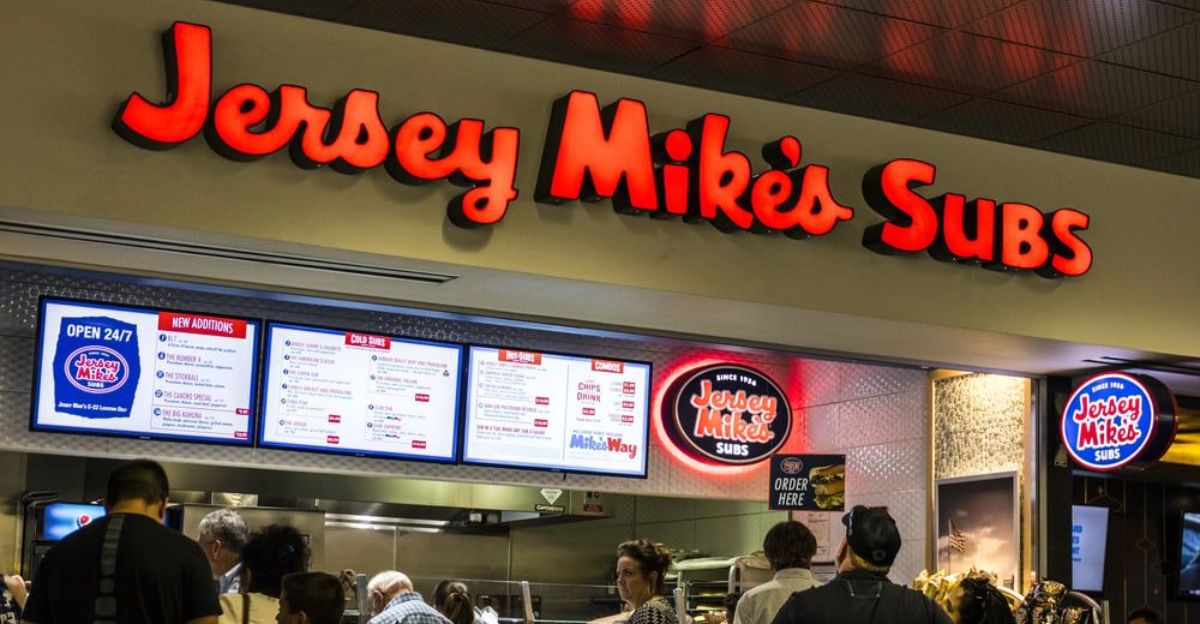
With Panera now off its game, competitors like Jersey Mike’s and local artisan bakeries are seizing the moment. They’re leaning harder into fresh ingredients, in-store baking, and bold marketing campaigns to attract customers who are disappointed by Panera’s changes.
These strategic moves are shifting the fast-casual landscape, as rivals position themselves as champions of quality and innovation, aiming to capture market share while Panera pulls back and reshapes its identity.
Supply Chain Domino
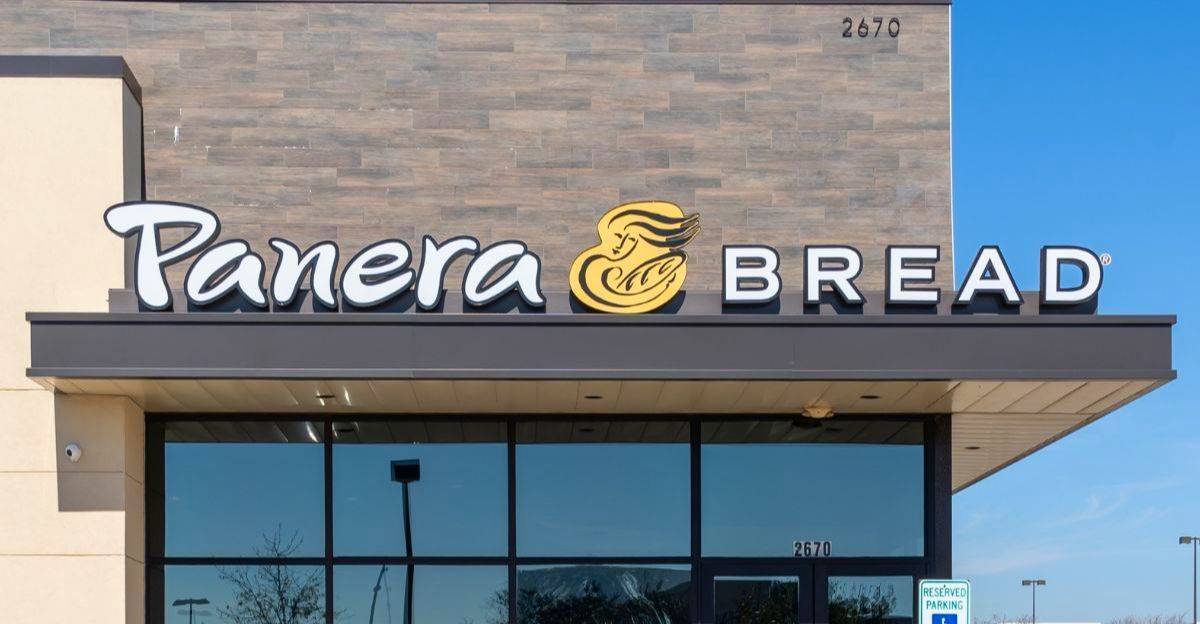
Shutting down Panera’s dough facilities creates new openings for third-party bakeries that are now supplying par-baked bread. While this shift might lower costs and simplify logistics, it’s vulnerable to quality issues and delivery snafus.
Any hiccup in the supply chain could affect hundreds of café locations, and customers might quickly notice even the slightest inconsistencies. It’s a high-stakes bet for Panera, trading in-house tradition for outsourced efficiency and hoping the brand can withstand the shift.
Food Industry Impact

Panera’s situation serves as a warning to the broader restaurant industry: when economic pressure mounts, even long-standing “fresh” models are at risk.
As competitors take note, others may follow suit, cutting skilled labor, automating kitchens, and relying on standardized ingredients. The result could redefine what “fresh” really means, signaling a widespread transformation in how dining experiences are delivered across the board.
Labor and Towns Ripple
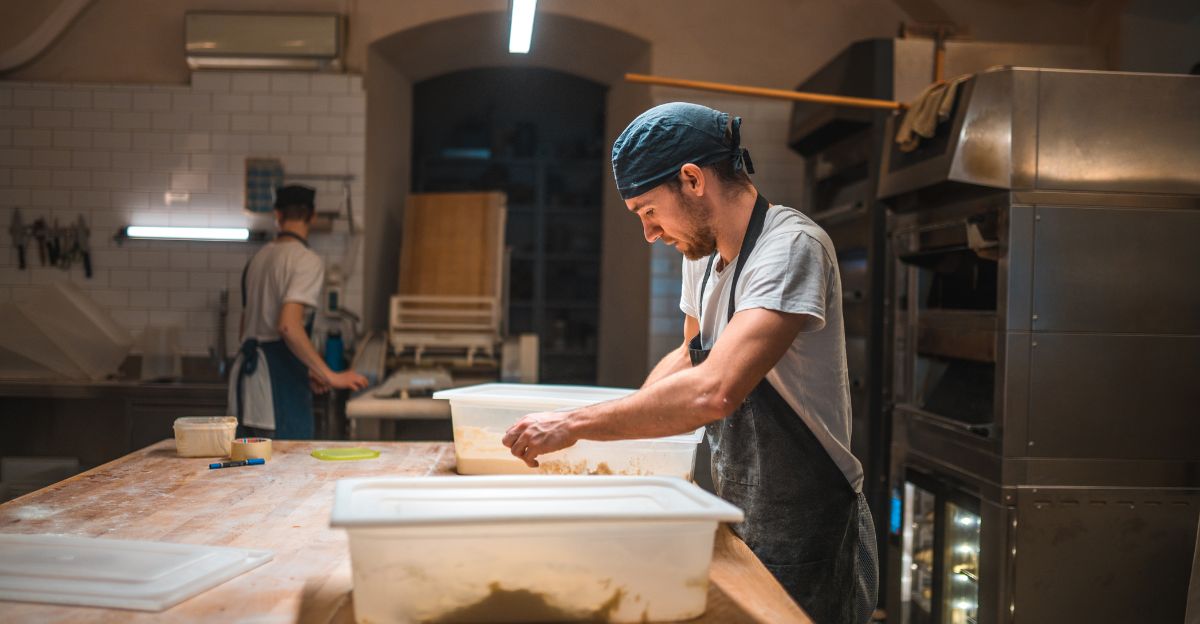
The closures of regional bakeries destroy job opportunities in dozens of small towns, especially for skilled artisan bakers.
These workers must now scramble to find new positions, or possibly even transition into different fields entirely. Local economies that once relied on the chain’s stable jobs are now bracing for setbacks as communities lose vital sources of income and training.
Employee Voices
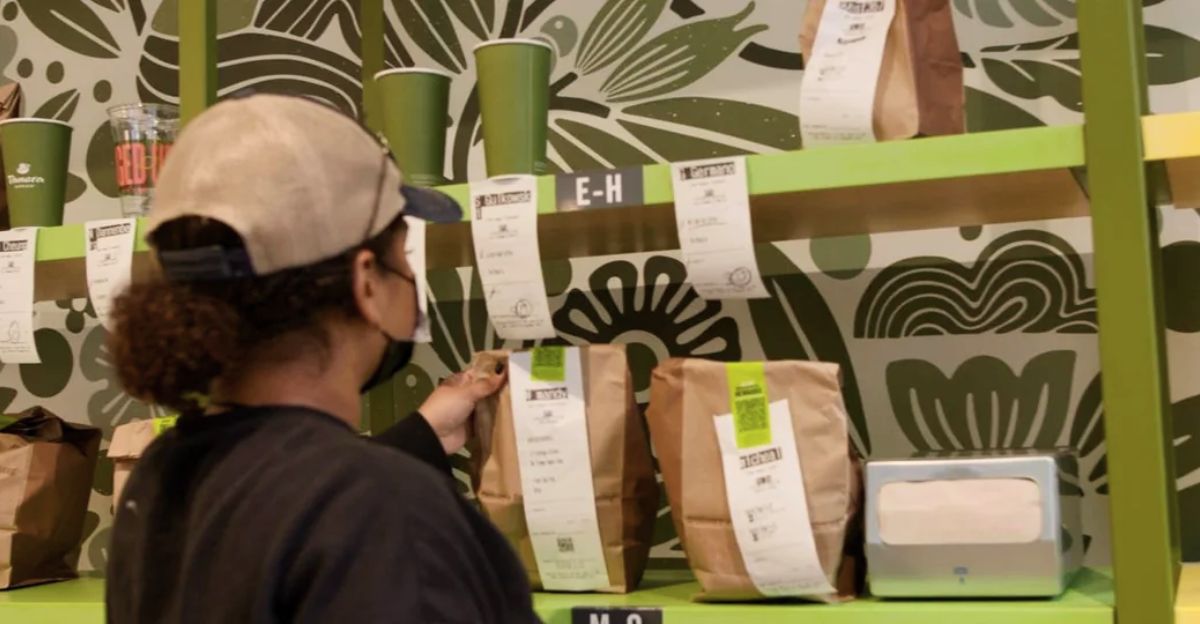
Employees who still work for the company are now mourning the loss of identity and pride that came with traditional baking. Many have described the shift as heartbreaking, lamenting the end of hands-on craft and the team camaraderie that bread-making fostered.
Many are worried about being replaced by automation and see these new changes as the end of an era, leaving them wondering what company culture really means now.
Policy Watch

Lawmakers are monitoring this situation closely, wary of the ripple effect on local job markets. Several states are already stepping in with job retraining programs and unemployment assistance for displaced bakery workers.
Panera’s decision has ignited a broader conversation about the future of food-service jobs in the U.S. and whether stronger government measures are needed to protect workers from facing similar disruptions.
What It Means for You
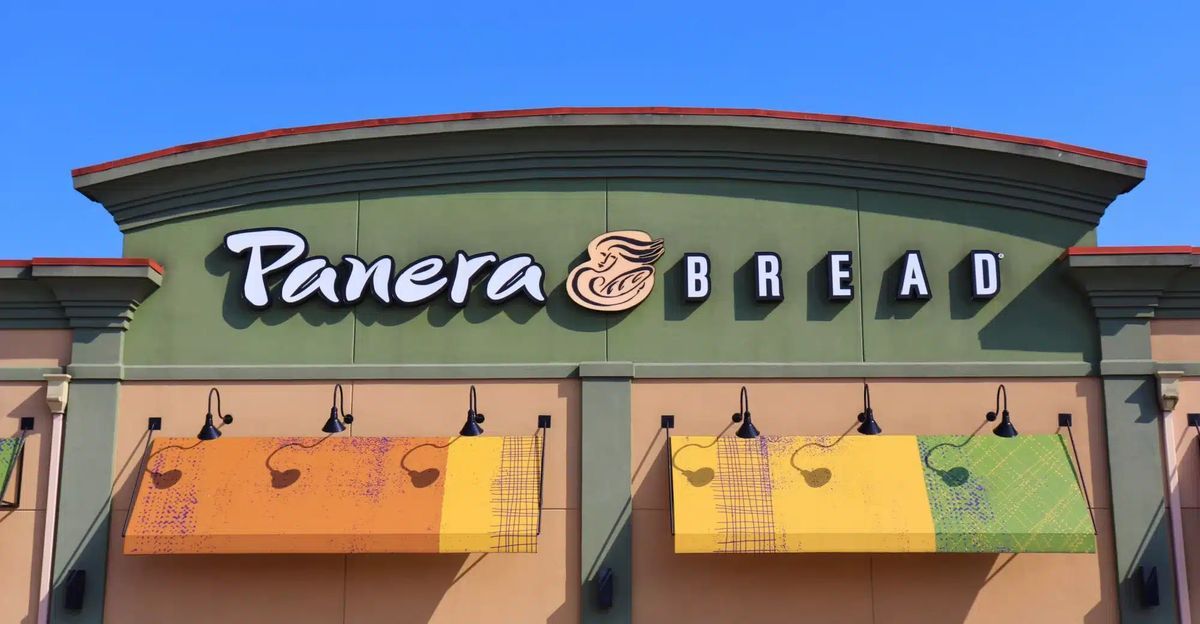
The loss of Panera’s freshly baked breads doesn’t only change your lunch routine; it signals a larger shift happening across the entire food industry. You can expect prices to rise, choices to narrow, and the very idea of what “fresh” means to evolve.
As the consequences of this situation spread, now is the time to stock up on your old favorites or explore new lunch spots. The café culture landscape is shifting before your very eyes.
